Dreadnoughtus
Name Origin
Means "fearing nothing" in Latin
Classification
Diapsida, Saurischia, Sauropodomorpha
Habitat (Discovery Location)
Argentina
Period
Approximately 76 to 70 million years ago (Late Cretaceous)
Length
Approximately 26 meters
Weight
Approximately 20 to 40 tons
Diet
Herbivore (Plant-eater)
 Jurassic
Jurassic
Park / World Featured Dinosaur
Appearance in Jurassic World
In Jurassic World, the appearance of Dreadnoughtus is limited to only its name being featured on the list of the Holoscope (hologram display) located inside the park's facility.
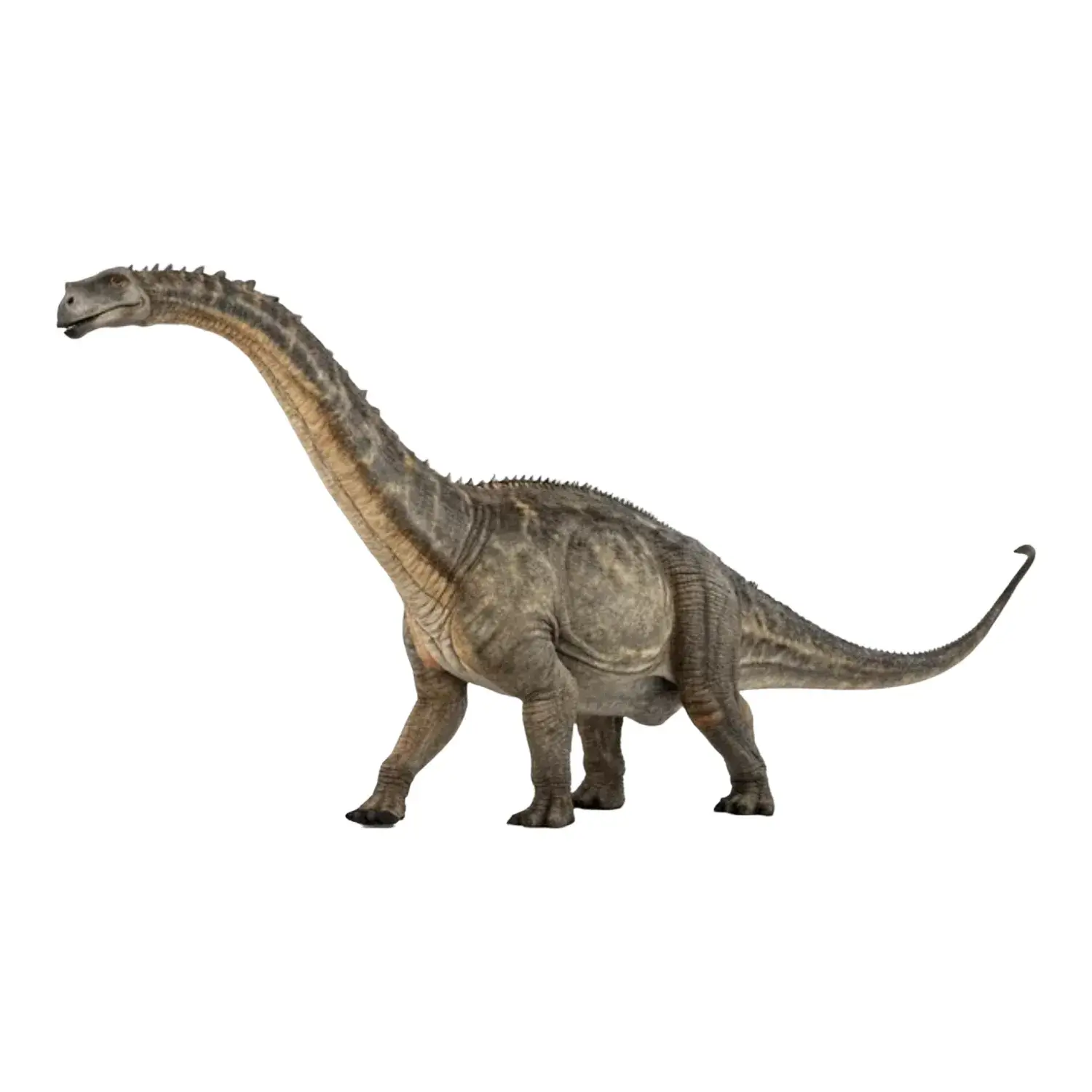

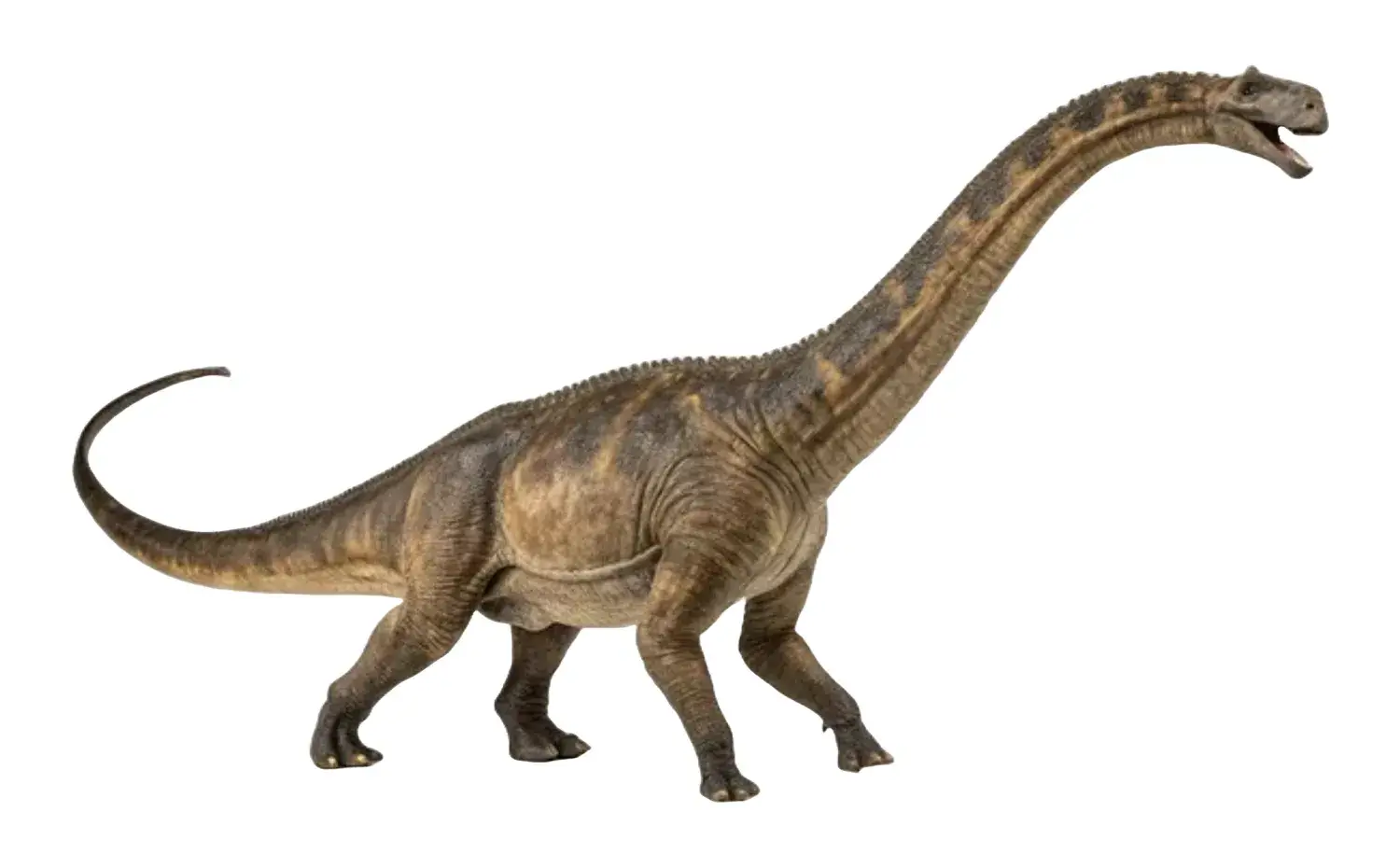

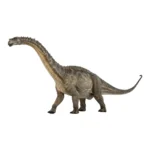
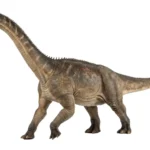
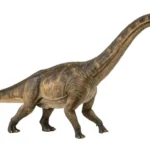

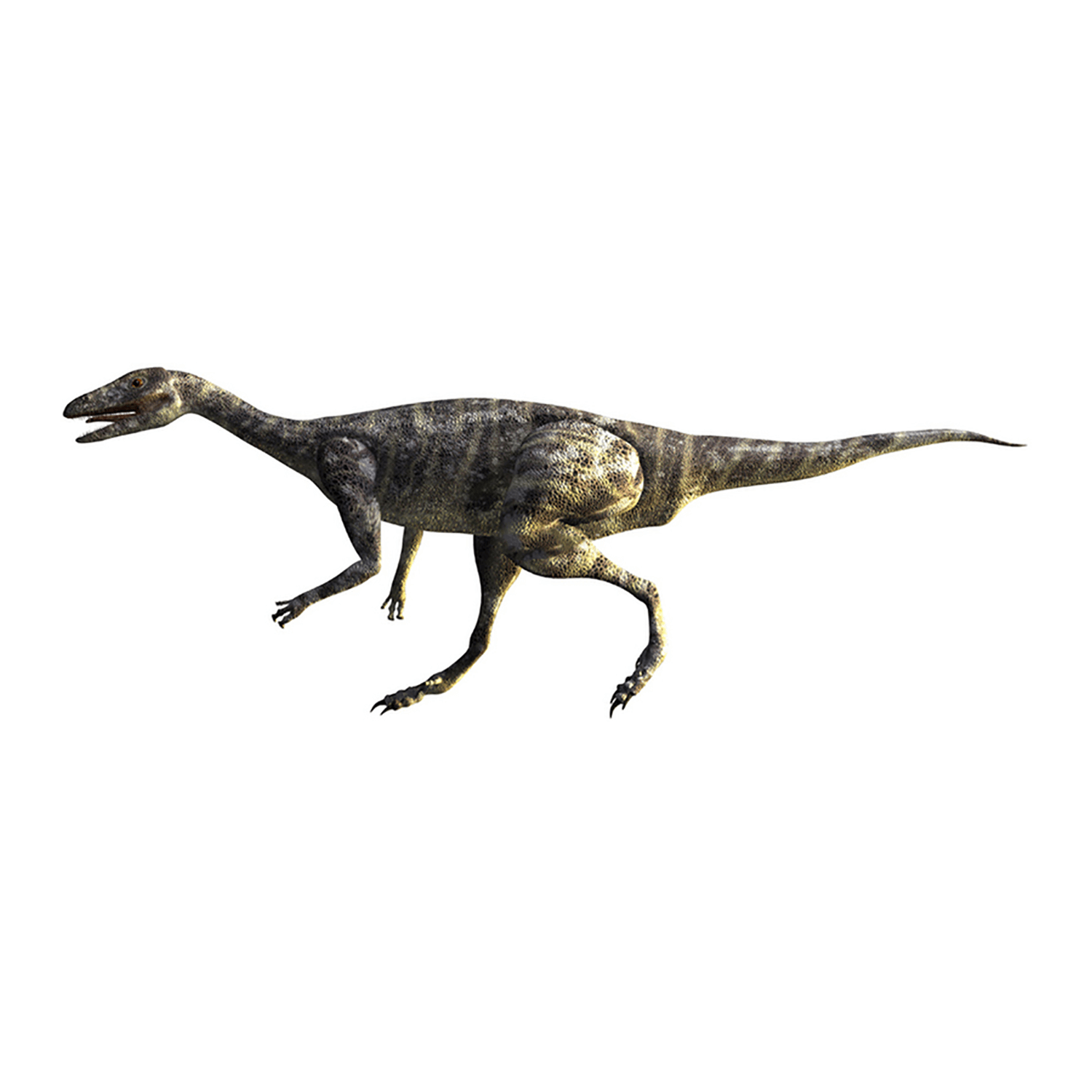


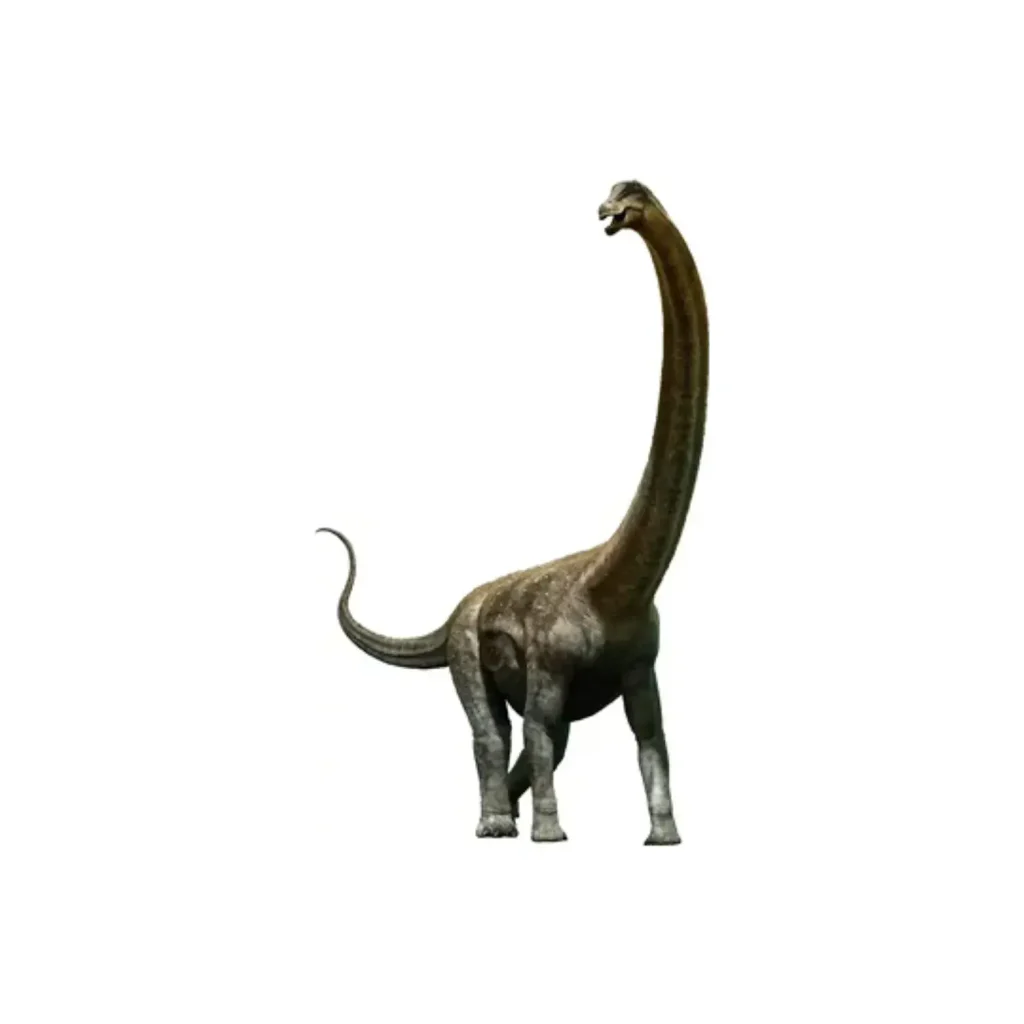

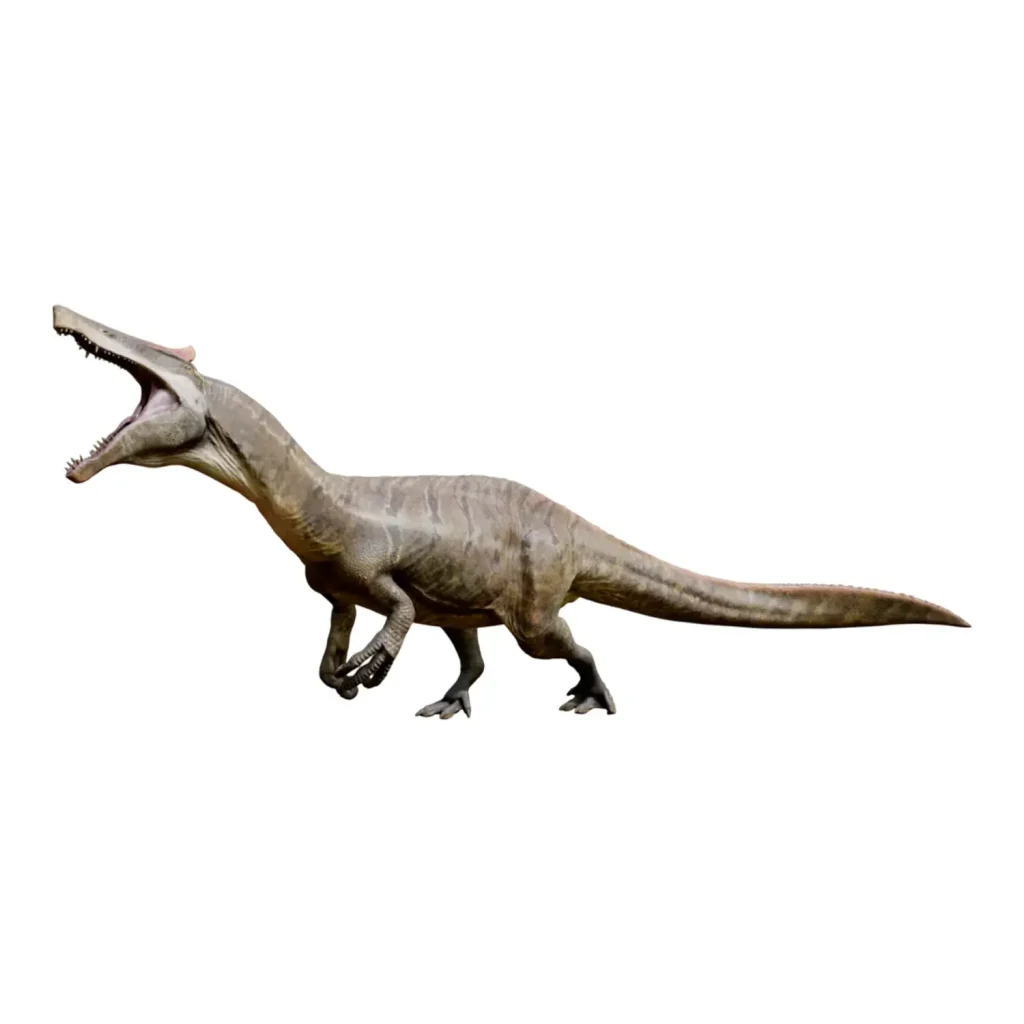
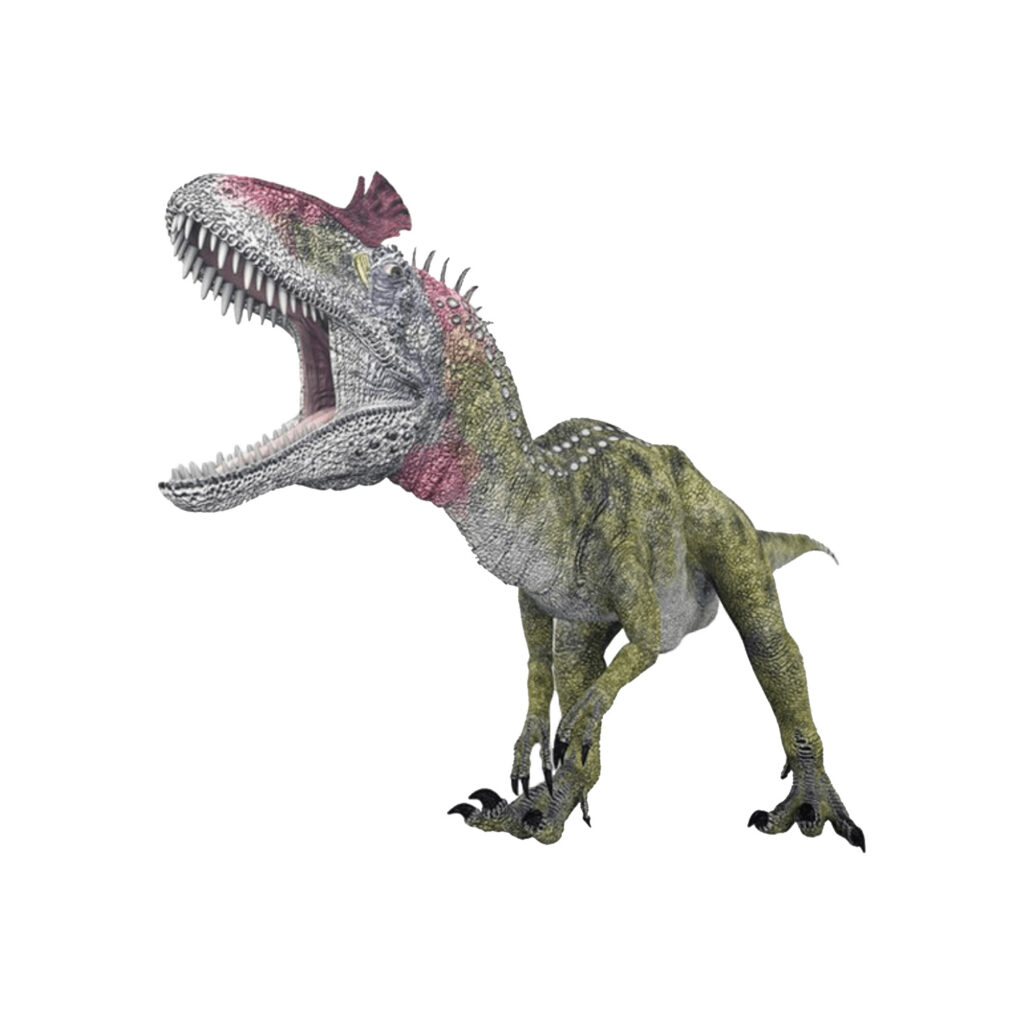
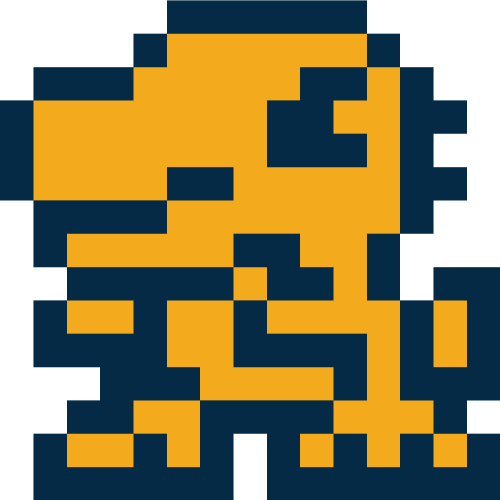
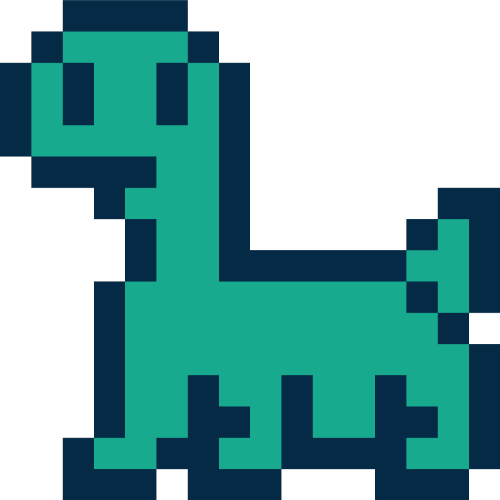
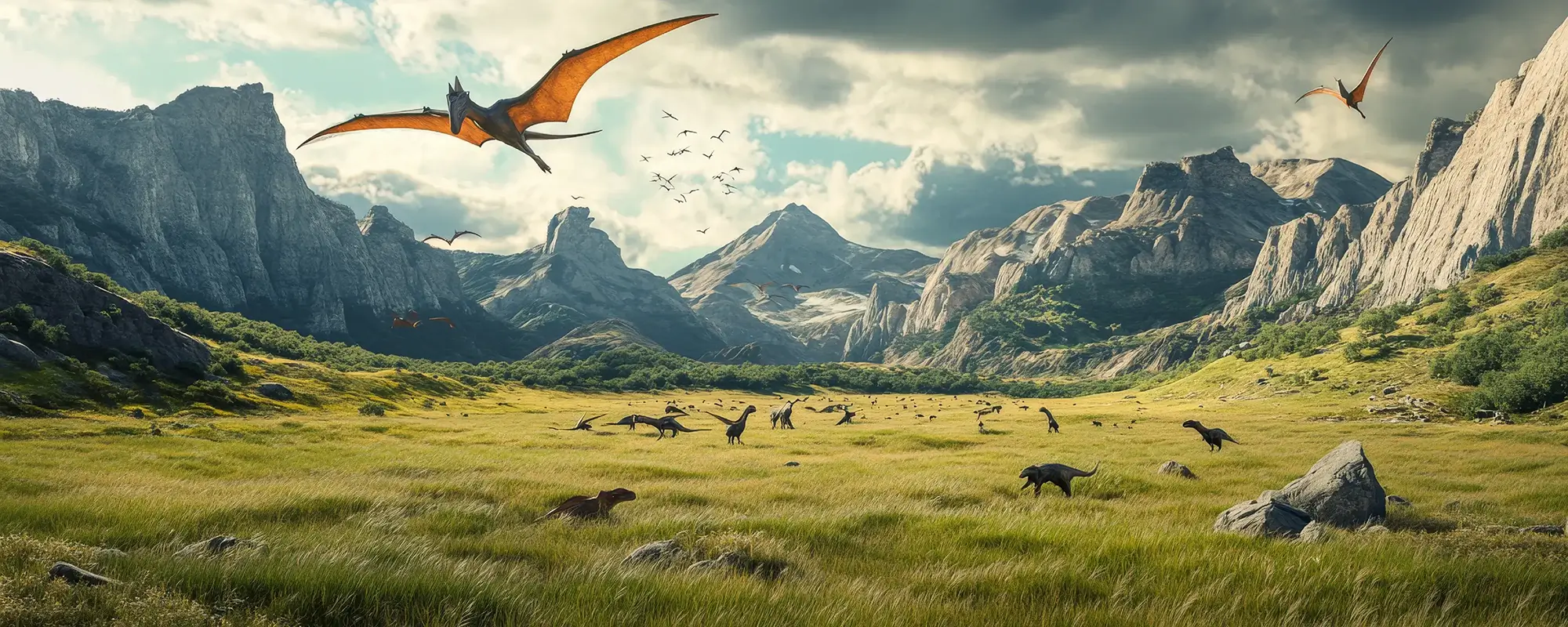




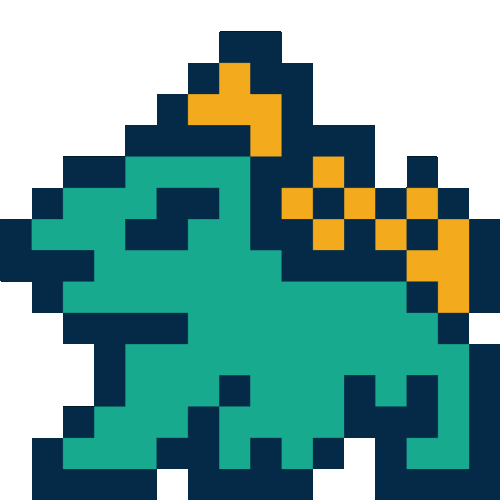


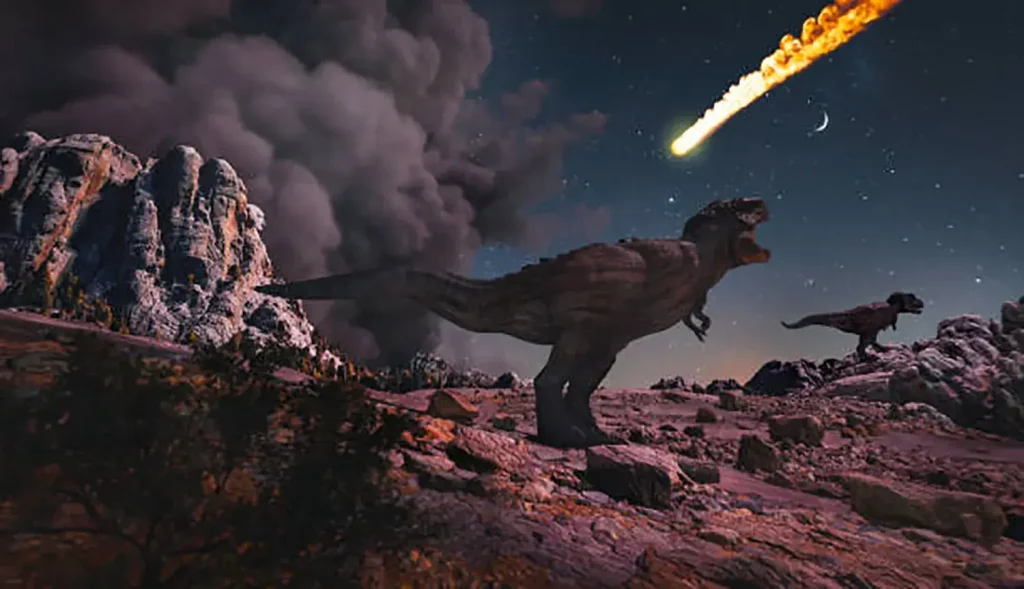
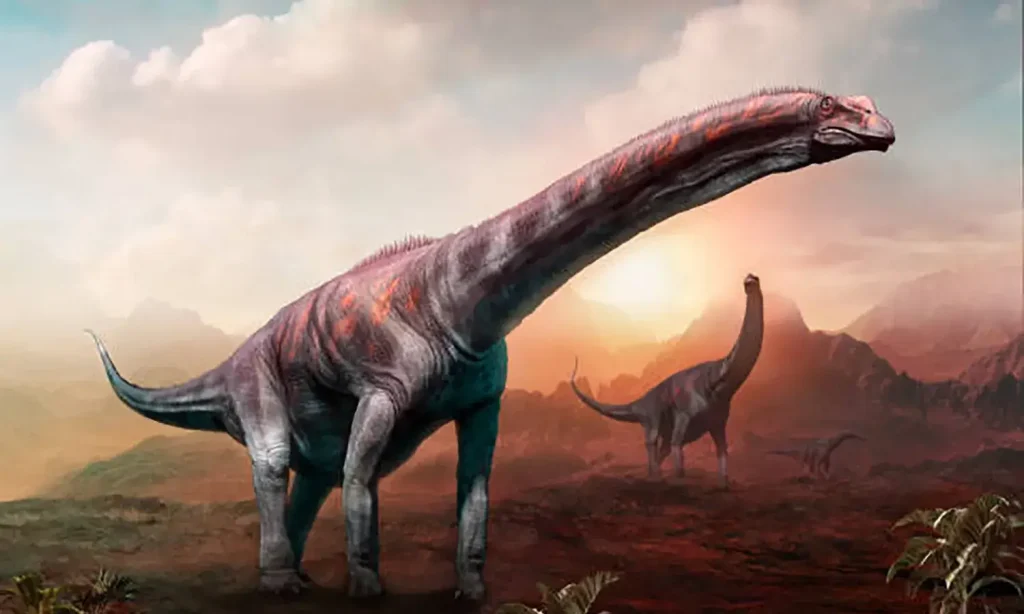
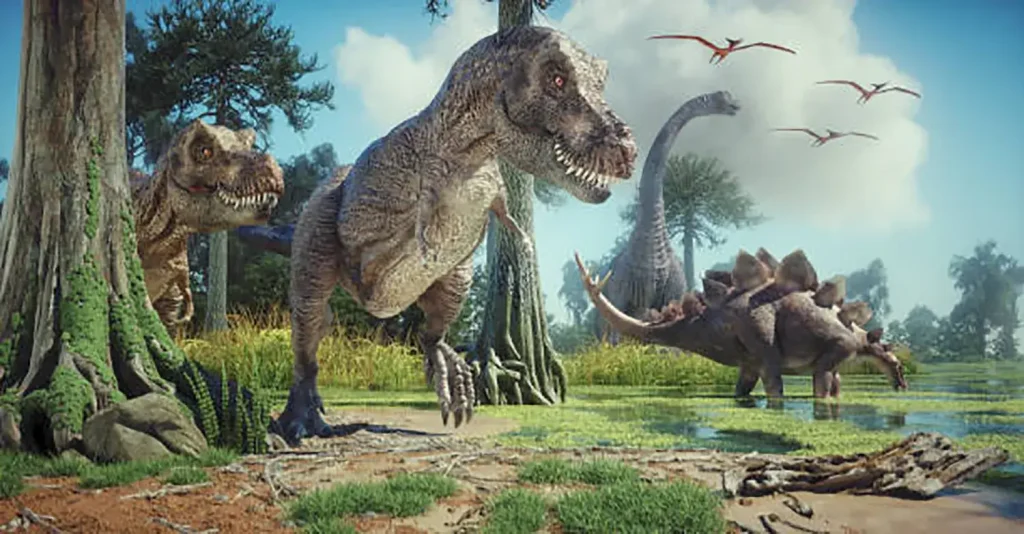
Description
Dreadnoughtus was a titanosaurian sauropodomorph that lived in Argentina during the Late Cretaceous period (approximately 76 to 70 million years ago).
Named as a new species in 2014, this dinosaur is considered one of the largest terrestrial herbivores for which a reliable size can be estimated, and its discovery was extremely important for advancing the anatomical understanding of giant dinosaurs.
Discovery and Naming: The Origin of “Fearing Nothing”
The fossil of Dreadnoughtus was discovered in 2005 in the Cerro Fortaleza Formation in Santa Cruz Province, Argentina.
After a four-year excavation of two skeletons, it was named as a new species, Dreadnoughtus schrani, in 2014.
Genus Name
It means “fearing nothing” in Latin.
This is derived from its immense size, which was reminiscent of a dreadnought (battleship), and from the fact that a company that manufactured dreadnoughts was located near the excavation site.
Species Name
It was named in honor of the American entrepreneur Adam Schran, who provided financial support for the excavation project.
Astonishing Size and Physical Characteristics
Dreadnoughtus is classified as a Lithostrotian, an advanced group within the Titanosauria.
Based on measurements of the known parts of the skeleton, the only known individual is estimated to be approximately 26m long.
Weight
Its weight was initially estimated at 65 tons, but recent research strongly suggests it was closer to 20-40 tons.
Skeletal Characteristics
Scapula (Shoulder Blade)
At 1.74m, it is longer than any other known titanosaur’s scapula.
Ilium (Hip Bone)
At 1.31m long, it is larger than that of any other known dinosaur.
Humerus (Upper Arm Bone)
It was longer than previously known titanosaurs and had a lighter structure (however, it was smaller than that of Brachiosaurus).
Body Shape
Its limbs were of nearly equal length, and it is believed to have had a nearly horizontal body posture.
Its limbs were of nearly equal length, and it is believed to have had a nearly horizontal body posture.
The tail length is said to be 8.7m, with a body height of about 6m.
Neck
Fossils from the neck up are limited to a partial upper jaw and two cervical vertebrae, but it appears to have had a relatively long neck compared to its close relatives. It is presumed that if it raised its neck, it could reach a height of 12.2m.
The Biggest Discovery: Its “Completeness”
The main reason the discovery of Dreadnoughtus is considered so important is the “completeness” of its skeleton.
Astonishing Preservation
Compared to other giant sauropods, Dreadnoughtus has a high degree of skeletal completeness. Excluding the skull, 70.4% of the 142 bone types (100 bones) were found, making it the best-preserved giant titanosaur.
A Reliable Size
Other sauropods with even larger estimates, such as Argentinosaurus (5% of skeleton known) and Puertasaurus, are known from highly fragmentary fossils.
In contrast, the high degree of skeletal completeness in Dreadnoughtus makes its size estimate extremely reliable.
Potential for Growth
Furthermore, this individual was still growing, and it is believed that a fully mature adult could have been even larger.
The bones of Dreadnoughtus are exceptionally well-preserved (with little distortion or weathering), and the humerus, in particular, can be observed in detail.
Because muscle attachment sites are clearly visible, it serves as a crucial specimen for deepening our understanding of the size and anatomy of giant titanosaurs.
Ecology and Coexisting Dinosaurs
The Cerro Fortaleza Formation, where Dreadnoughtus lived, shows that Argentina was rich in large sauropodomorph diversity even at the end of the Cretaceous.
Coexisting Dinosaurs
At the time, other large titanosaurs like Puertasaurus also coexisted in the same region.
Relationship with Predators
In terms of carnivores, the megaraptoran Orkoraptor (5-6m long) was present, and a fossilized tooth believed to be from Orkoraptor was found among the Dreadnoughtus remains.
However, Orkoraptor would not have been a match for an adult Dreadnoughtus (over 20m), and it is highly likely the tooth was shed while scavenging the carcass.